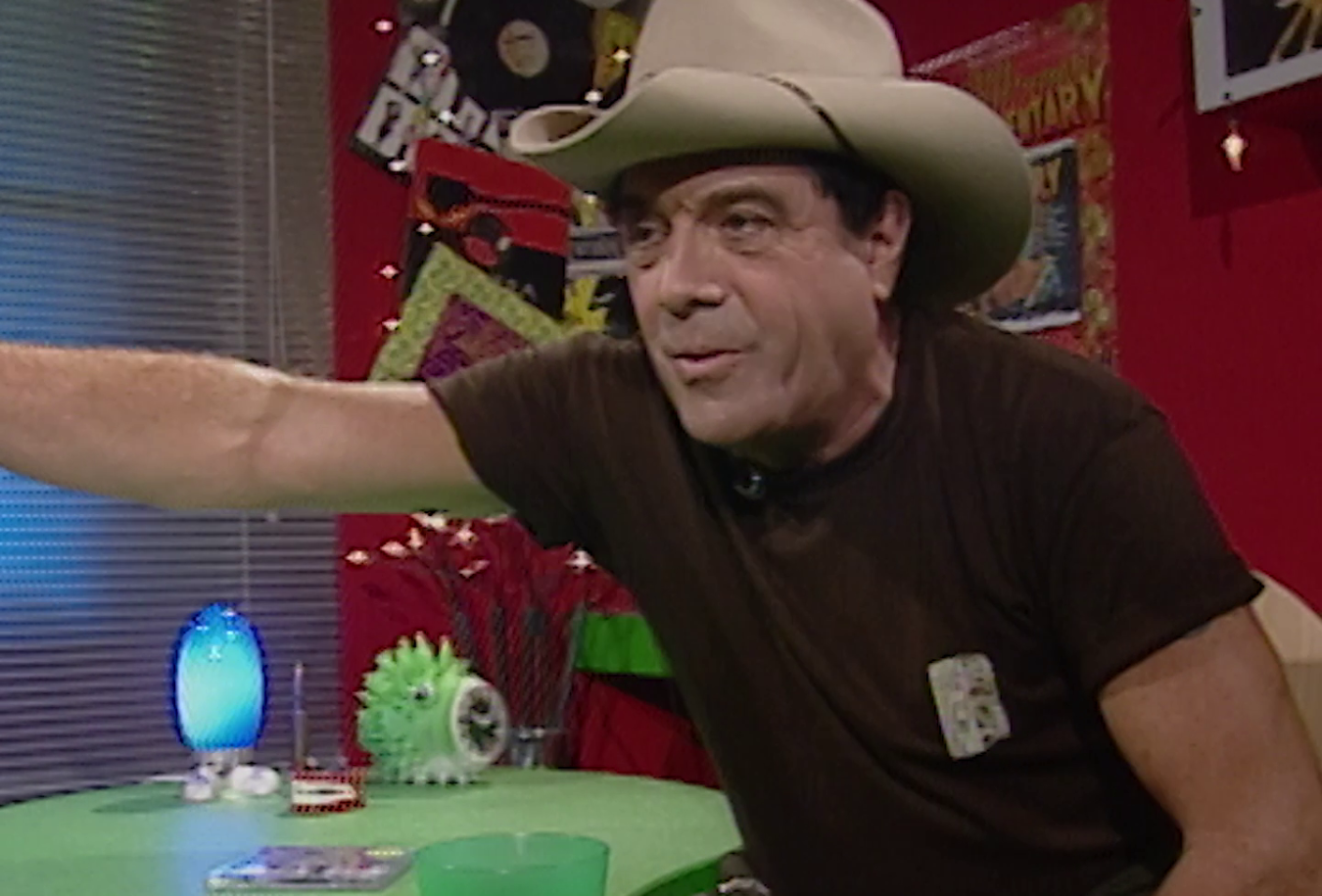

Media Release: Nominations Open for 2025 Sounds of Australia
Published 2 June 2025
Public nominations open today for the 2025 Sounds of Australia, the National Film and Sound Archive’s iconic capsule of audio moments, celebrating the recordings that have struck a chord with communities and audiences around the country.
Audiences can nominate any Australian sound recording – songs, albums, advertising jingles, sounds from nature, radio and podcasts or a memorable recorded moment from the country’s cultural, political or sporting life – as long it’s more than ten years old.
This year, sounds from 2015 are newly eligible, meaning that potential nominations for the capsule could include: audio from the Melbourne Cup victory of jockey Michelle Payne, Sia’s song ‘Elastic Heart’ the liberation of journalist Peter Greste from an Egyptian jail, Courtney Barnett’s acclaimed debut ‘Sometimes I Sit and Think, and Sometimes I Just Sit’, for which she was nominated for a Grammy Award for Best New Artist, Tame Impala’s ‘Let It Happen,’ the launch of the longstanding podcast ‘Mamamia Out Loud’, or the then agriculture minister Barnaby Joyce pronouncing a death sentence on the dogs of Hollywood star Johnny Depp.
‘Collecting and preserving meaningful and impactful audio moments from Australia’s recent and historic past helps us create a powerful narrative for future generations of the stories that are important to us,’ said Meagan Loader, the NFSA’s Chief Curator. ‘We’re looking forward to seeing nominations which can tell future Australians about who we were, who we are and who we want to be.’
Existing inductees to the Sounds of Australia capsule include: Radio Redfern’s Bicentenary protest coverage (1988), the 4 x 100m medley relay final at the Moscow Olympics (1980), the ‘Louie the Fly’ Mortein jingle (1962), the Tasmanian Aboriginal songs of Fanny Cochrane Smith (1899), ‘Toot Toot, Chugga Chugga, Big Red Car’ by the Wiggles (1998), Filipina Australian singer Pilita Corrales’ song ‘Come Closer to Me’ (1959), the sound of a lyrebird at Healesville (1987) and Gough Whitlam’s ‘Kerr’s Cur’ speech (1975).
Nominations will close on June 30. Following voting by a panel of audio industry experts, the 2025 Sounds of Australia will be announced in late 2025.
Audience CTAs
- Go to nfsa.gov.au/sounds to nominate your pick for Sounds of Australia 2025.
The 2024 Sounds of Australia, in chronological order, were:
- Women’s status in the United Nations Charter: an address to the first meeting of the Women’s International Radio League, Jessie Street - 1945
- Speaking clock, Gordon Gow (Postmaster General’s Department) - 1954
- Doctor Who theme music, Ron Grainer (composer), Delia Derbyshire (musician) – 1963
- Victoria Bitter ad, John Meillon (voice), George Patterson (agency), for Carlton & United Breweries – 1968
- Jimmie Barker Collections, Jimmie Barker - 1972
- The earliest 2EA (now SBS Audio) broadcast recordings in language – 1975
- ‘Kickin' to the Undersound’, Sound Unlimited – 1992
- ‘Chains’, Tina Arena – 1994
- Last call of the Christmas Island micro-bat (now extinct) (Pipistrellus murrayi) - 2009
- Senator Nova Peris’ inaugural speech to Australian Parliament - 2013
Audio and vision from the Sounds of Australia are available at nfsa.gov.au/sounds
A brand new Sounds of Australia audio sting is available for broadcasters here.
Media enquiries and interview requests:
Louise Alley | Communications Manager | 0422 348 652 | louise.alley@nfsa.gov.au
ABOUT THE NATIONAL FILM AND SOUND ARCHIVE OF AUSTRALIA
The National Film and Sound Archive of Australia is the national audiovisual cultural institution. From the earliest recordings of the 1890s to the latest games and immersive digital productions, the collection comprises video and audio recordings, and contextual materials such as costumes, scripts, props, photographs and promotional materials. It ranges from items inducted into the UNESCO Memory of the World register to sporting matches, game shows and advertising jingles. Originally known as the National Historical Film and Speaking Record Library and operating under the auspices of the Commonwealth National Library, the collection dates back to 1935, making it one of the first audiovisual archives in the world. The NFSA became an independent cultural organisation in 1984. As well as preserving these items for future generations, NFSA curators continue to add to the collection, ensuring it provides an unbroken record of life in Australia, and of Australian creativity.
The National Film and Sound Archive of Australia acknowledges Australia’s Aboriginal and Torres Strait Islander peoples as the Traditional Custodians of the land on which we work and live and gives respect to their Elders both past and present.